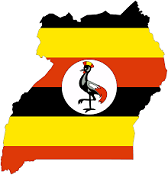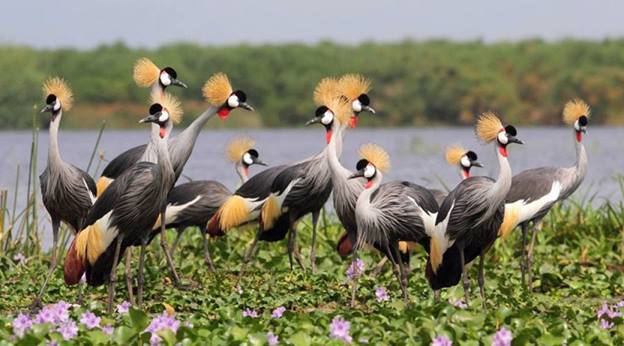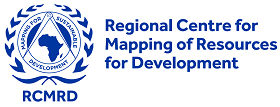Uganda is a convergence zone for five of Africa’s important Ecological Zones and home to an estimate of half the world’s Mountain Gorillas which exist within a complex social and political environment. In recent years Uganda has been seen as a model case study for numerous and varied approaches to address complex and connected conservation and development challenges such as community-based conservation to payments for ecosystem services.
In 2018, the government embarked on a process of gazetting and declaring some of Uganda‘s wetland cover as a protected area. Uganda's wetlands cover an area of 11% of the land area. One of the major trends for protected areas in Uganda is the reduction of forested areas in protected areas, in national parks and wildlife reserves and central forest reserves. The forest cover declined from 1.59 million ha in 1990 to 1.13 million ha in 2015.
Transboundary protected and conserved areas
Uganda includes parts of five transboundary conservation areas, namely Greater Virunga Landscape, Kagera TFCA, Kidepo Landscape, Mt Elgon, and Sango Bay-Minziro.
Policy context
A comprehensive report on legislation and policy related to protected area management, governance, and equity was undertaken by the BIOPAMA programme. It identified 48 relevant laws and policies in Uganda (Tessema, 2019).
Key species
Uganda is rich in biodiversity, with close to 19,000 species of flora and fauna. Knowledge about these species is skewed towards mammals, birds, butterflies, some plants, reptiles, amphibians and fish. Uganda is home to about 380 mammal species. It also has over 1,000 bird species, representing almost half of all species recorded in Africa. Fish biodiversity in Uganda is dominated by the cichlid family, with a high level of endemism. 98 species of amphibians and 150 species of reptiles are found in Uganda. Of the approximately 5,000 species of higher plants, 70 are endemic. Fungi, lichen and insects are less well documented.
Pressures and threats
Uganda has many threats to its biodiversity, the most serious of which is the loss and degradation of habitat. Encroachment is prevalent and human-wildlife conflict is a perennial and growing problem. Poaching and the illicit trade in wildlife is a serious problem, as is destructive fishing practices. Alien invasive species pose particular threats to certain ecosystems.
The high rate of human population growth and the rapid development in Uganda are taking a toll on the remaining natural habitats in the country. High levels of poverty mean that people are still reliant on natural resources for survival.

 Protected Areas
Protected Areas

.jpg)
.jpg)


